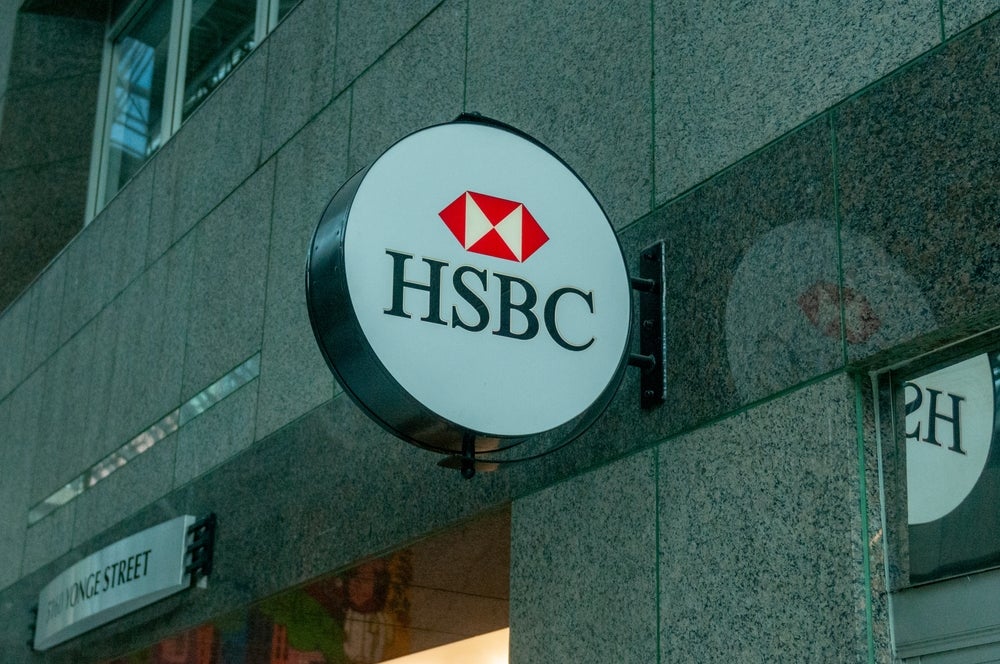
Bank of England governor Mark Carney gave the clearest hint yet that a rise in the base interest rate is in the Banks current thinking, and could occur soon.
Speaking to the BBC Radio 4 Today Program, Carney indicated that interest rates may rise as early as November, and also re–emphasised the Banks worry around a pocket of risk in consumer credit.
He told the show: “If the economy continues on the track that it’s been on, and all indications are that it is, in the relatively near term we can expect that interest rates will increase.”
He added that any such rise would be gradual, assuaging some fears that the Bank was planning a sudden jump in rates. He said: “We’re talking about just easing the foot off the accelerator to keep with the speed limit of the economy and so interest rate increases when they come – when and if they come – will be to a limited extent and gradual.”
In the same interview, Carney also denied a credit bubble had developed. Instead, he said: “Since the financial crisis, British households have paid down an enormous amount of debt. The level of debt burden relative to income n this economy has gone down by 20% points. In the past year the level of overall level of debt has just begun to grow in line with nominal GDP.”
One area he did suggest was a potential worry was around consumer debt, re-using the term ‘pocket of risk’ the Financial Policy Committee (FPC) used to describe its worry.
How well do you really know your competitors?
Access the most comprehensive Company Profiles on the market, powered by GlobalData. Save hours of research. Gain competitive edge.

Thank you!
Your download email will arrive shortly
Not ready to buy yet? Download a free sample
We are confident about the unique quality of our Company Profiles. However, we want you to make the most beneficial decision for your business, so we offer a free sample that you can download by submitting the below form
By GlobalDataHe said: “What we’re worried about is a pocket of risk, a risk in consumer debt, credit card debt, debt for cars, personal loans. That has begun to grow fairly rapidly, about 10%. That is only 11% of the overall level of debt, and most of this is to much higher quality borrowers than it has in the past.







